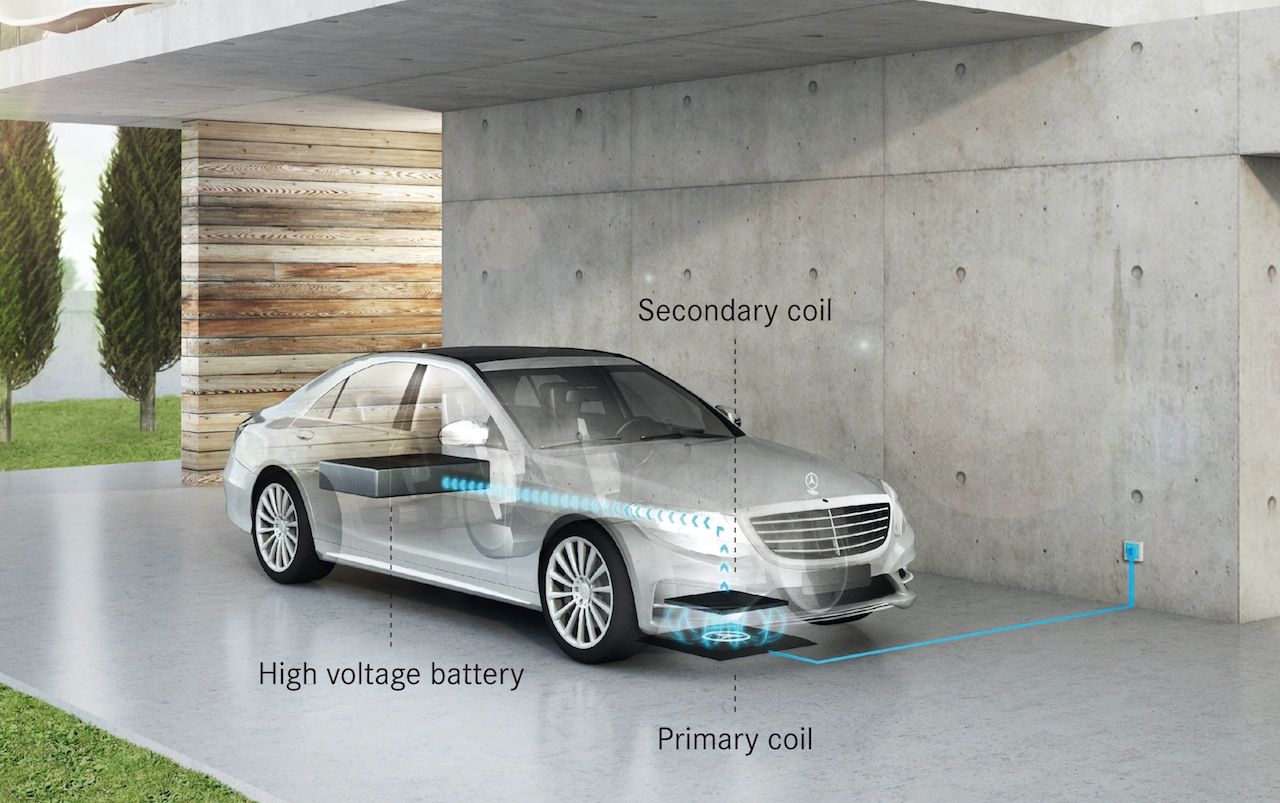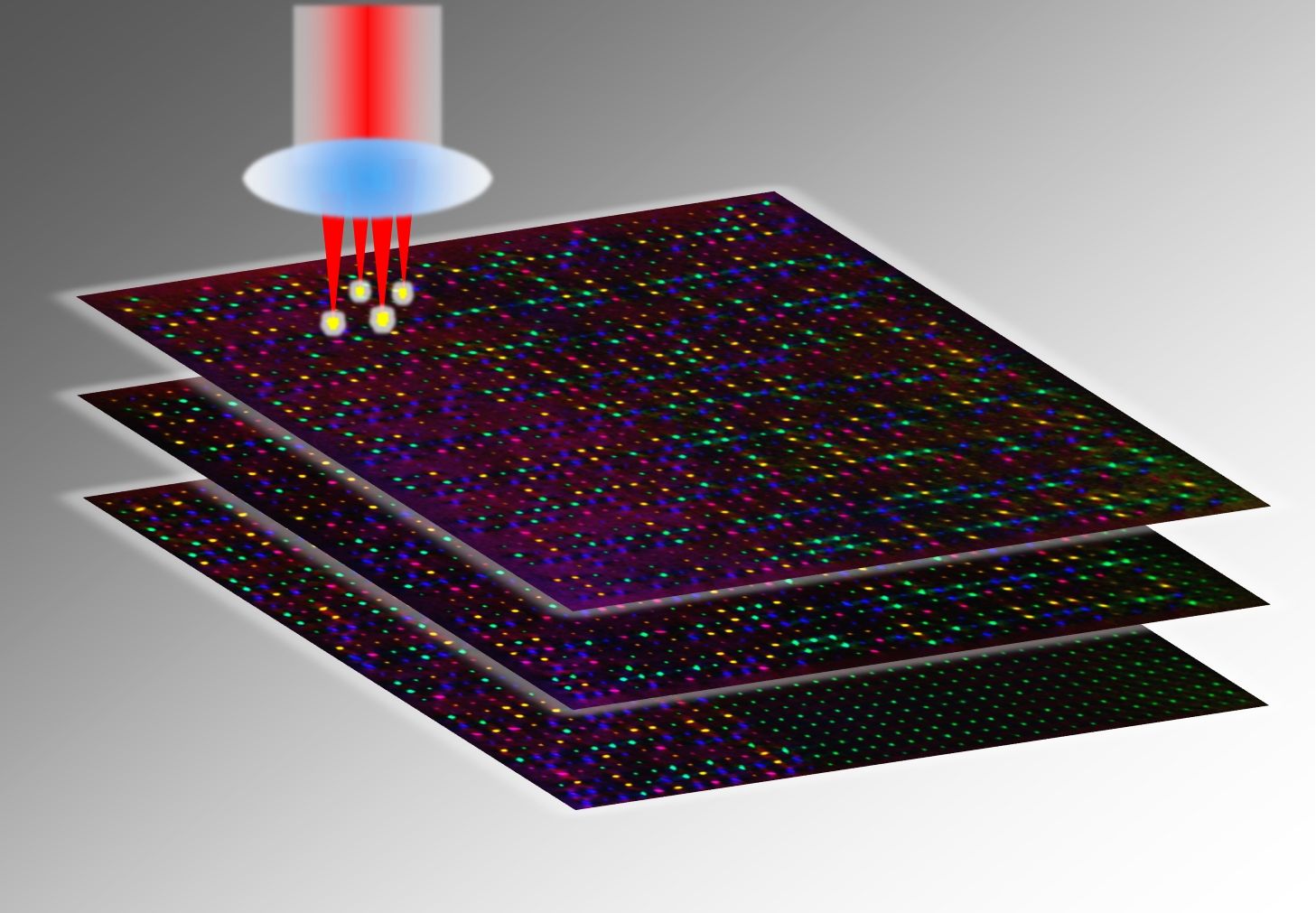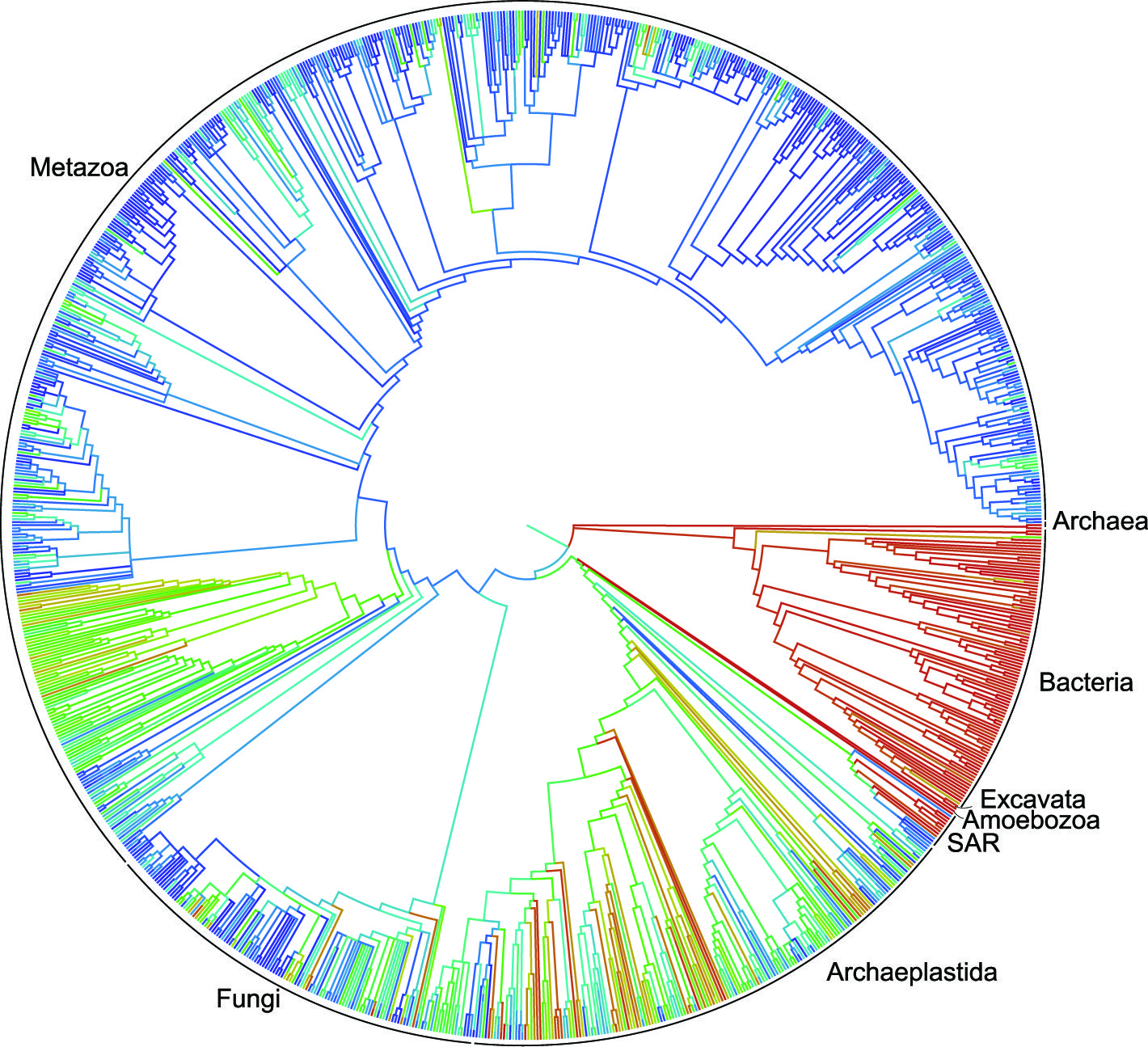Sep 21, 2015
BMW and Mercedes team on wireless car charging
Posted by Shailesh Prasad in categories: energy, transportation
BMW and Mercedes-Benz are teaming up on wireless car charging, pushing a super-efficient way of refueling EVs like the BMW i8 and the Mercedes S500 Plug-In Hybrid simply by parking over a certain spot on your driveway. The system, which the two German marques hope to get accepted as the de-facto standard for wireless car recharging, promises a cut in charge times without the hassle of having to regularly plug in: BMW says the batteries in its i8 supercar, for instance, can be topped up in under two hours.
As with other such systems we’ve seen, Mercedes-Benz and BMW use a pair of coils to transmit power wirelessly. A primary coil is mounted in a floor plate, and connects with a secondary coil in the vehicle floor: an alternating magnetic field is created by the former and tracked by the latter.
However, the new system uses a circular coil which the two companies claim makes for a more productive magnetic field, with more than 90-percent efficiency. The charging rate is initially 3.6 kW, but could be ramped up to as much as 7 kW, in preparation for the next generation of higher-powered EV drivetrains car firms envisage.














